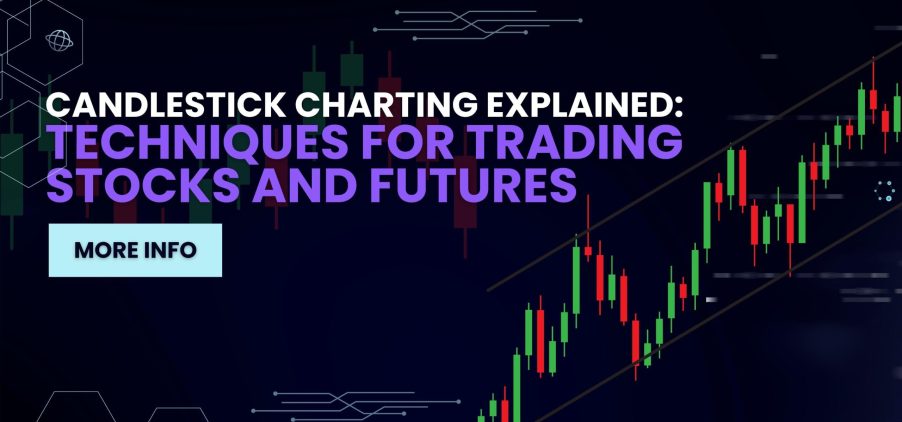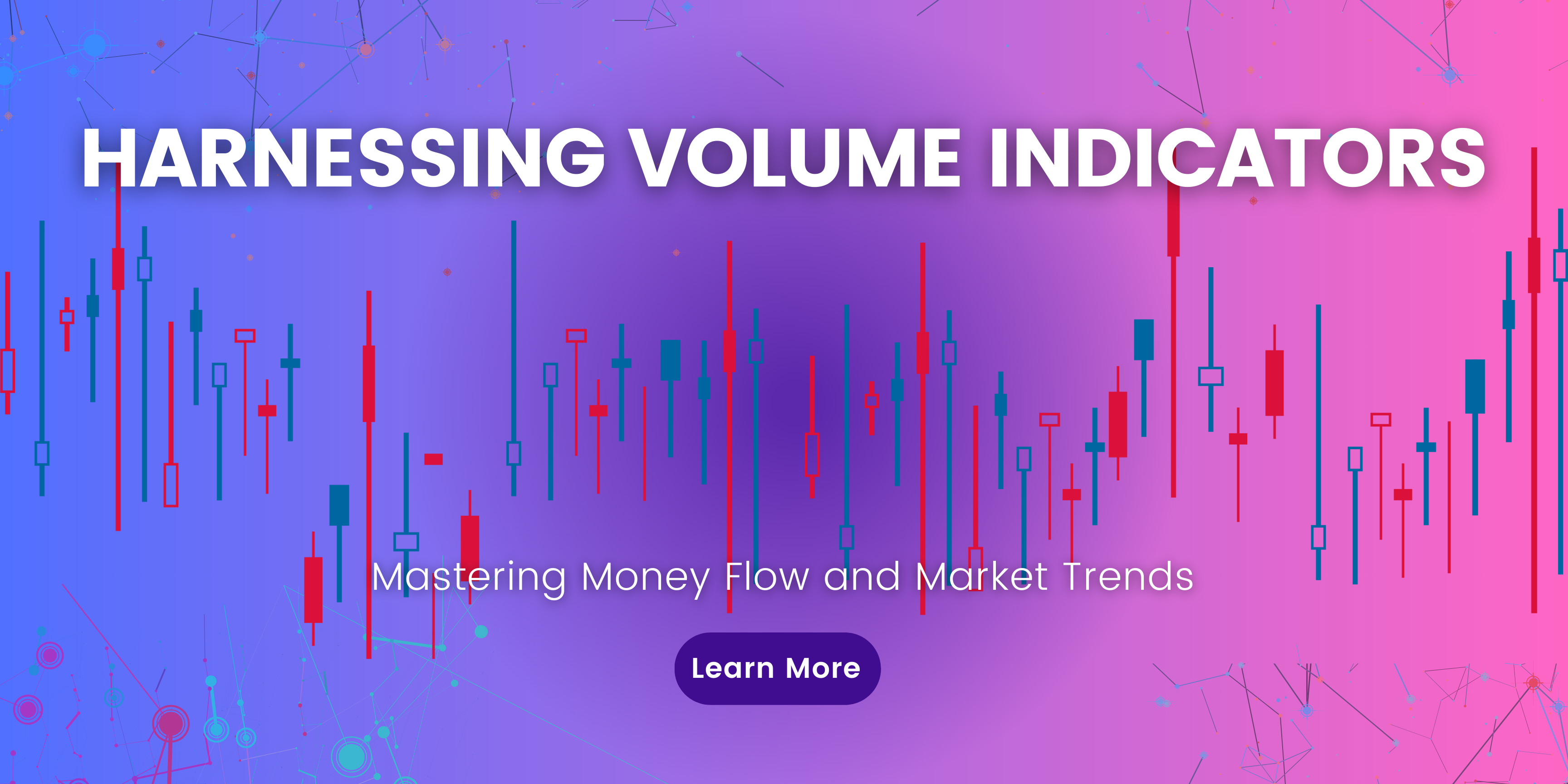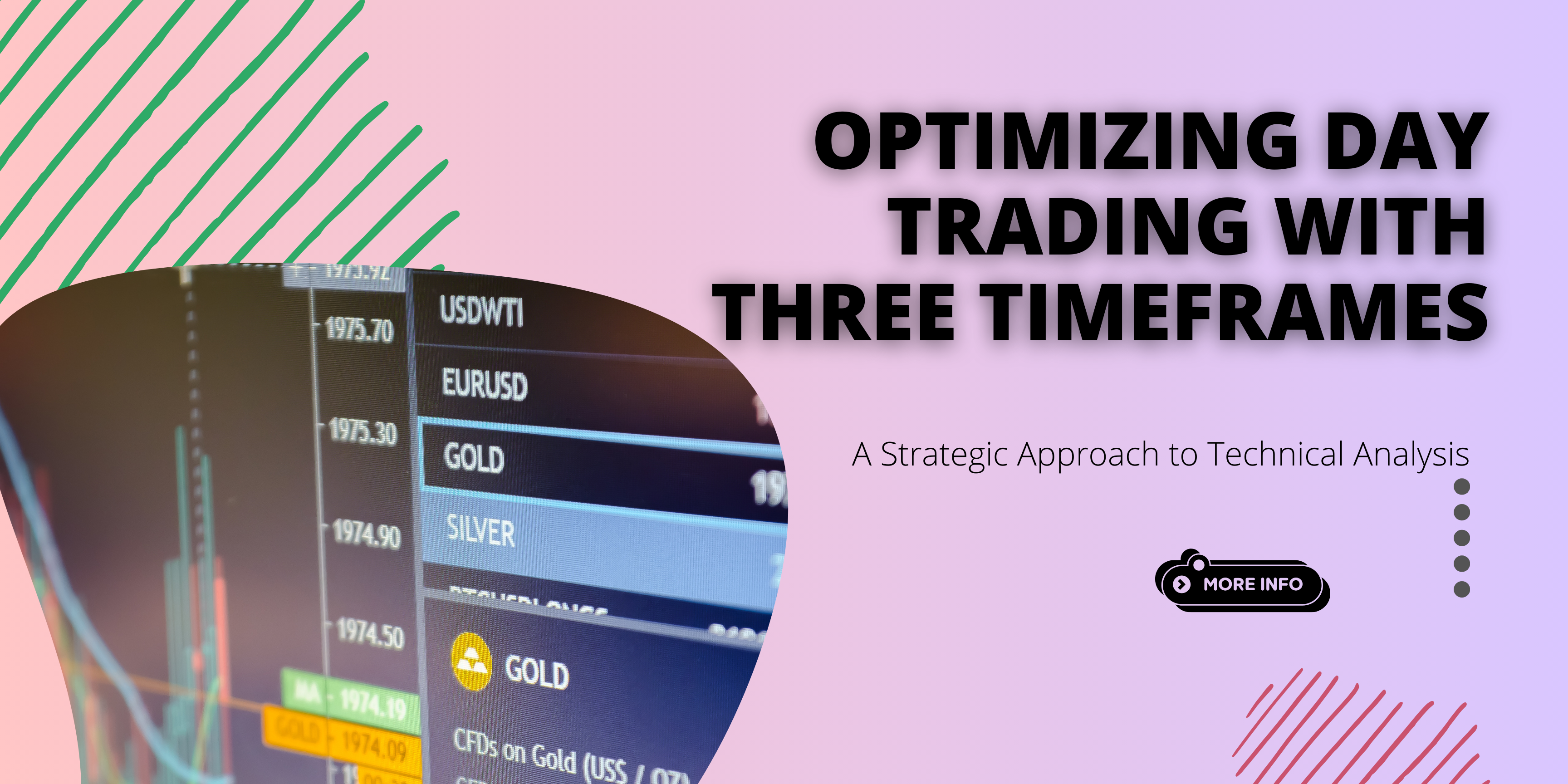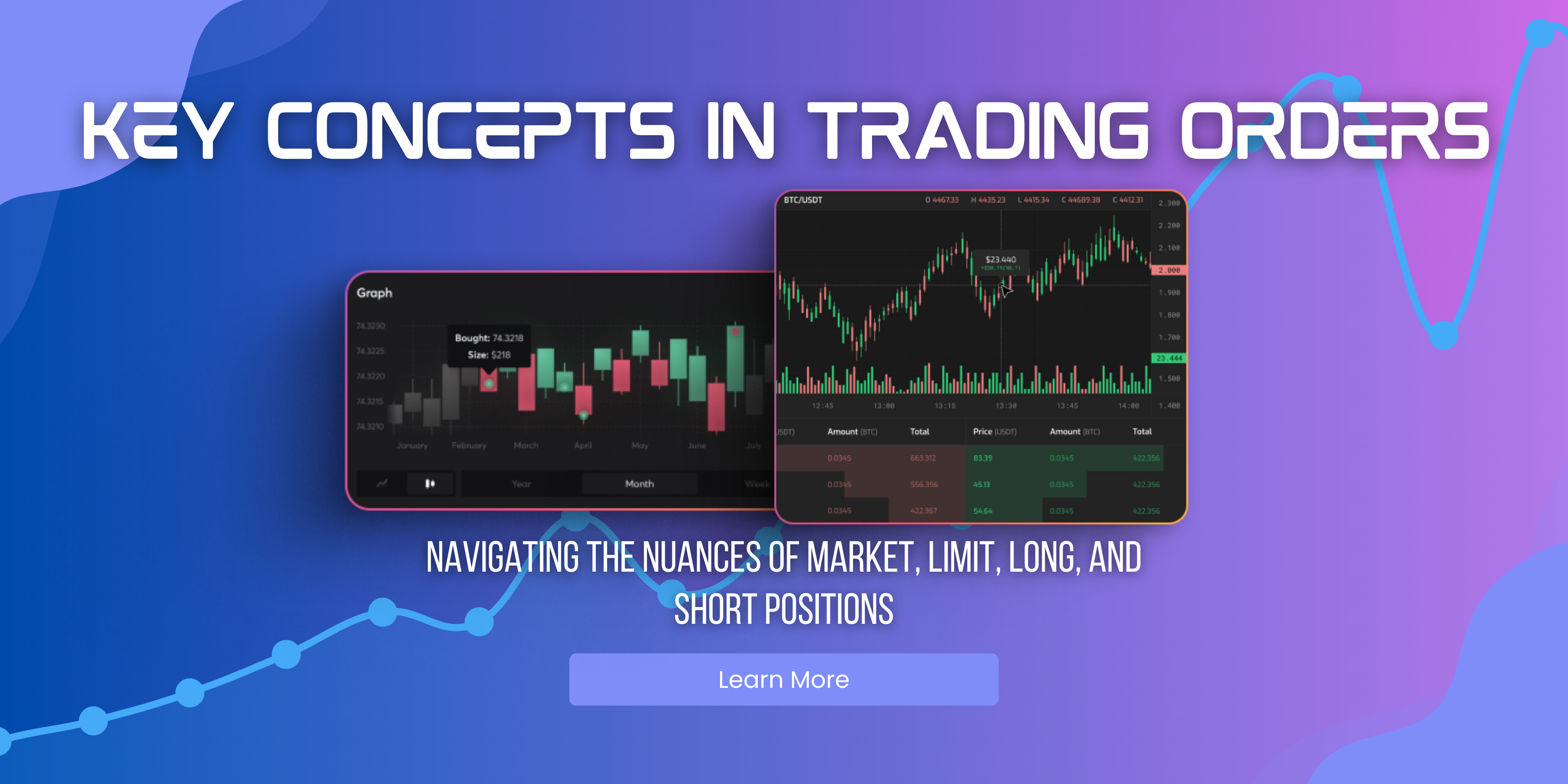In the ever-evolving landscape of financial markets, where decisions are made in the blink of an eye, traders seek tools that not only provide insights into market movements but also offer a comprehensive understanding of the prevailing sentiments. Among the myriad of analytical techniques, candlestick charting emerges as a formidable ally, offering both seasoned and …
Candlestick Charting Techniques for Trading Stocks, Cryptocurrency and Forex – Part 1 of 4

In the ever-evolving landscape of financial markets, where decisions are made in the blink of an eye, traders seek tools that not only provide insights into market movements but also offer a comprehensive understanding of the prevailing sentiments. Among the myriad of analytical techniques, candlestick charting emerges as a formidable ally, offering both seasoned and novice traders an intuitive visual representation of price action. This blog is an expedition into the world of candlestick charting, unraveling its origins, comprehending its formations, and dissecting the various patterns that serve as signposts for informed decision-making.
Overview of Candlestick Charting
Candlestick charting, a technique tracing its roots to 18th-century Japan, has evolved into an indispensable component of technical analysis. Originally conceived by rice traders to monitor price fluctuations, candlestick charting made its Western debut in the late 20th century, captivating traders with its visual elegance and analytical depth. Today, it stands as a crucial tool for dissecting market dynamics, offering a nuanced perspective on price movements that goes beyond the limitations of traditional bar or line charts.
The History and Origins of Candlestick Patterns
To grasp the significance of candlestick charting, a journey into its historical origins becomes imperative. Emerging in Japan’s bustling commodities market, the technique was refined over centuries by astute traders. Its journey from the Far East to the Western financial realm marked a paradigm shift in how market participants perceive and interpret price action. Understanding the historical context enriches our appreciation of the depth and relevance of candlestick charting in today’s global financial landscape.
Understanding Candlestick Formations
At the genesis of our expedition lies a fundamental comprehension of how candlestick charts function. Each candlestick encapsulates the price movement over a specific time interval, offering a visual narrative of market sentiment. The open, close, high, and low prices, along with the real body and shadows, collectively paint a vivid picture of the market’s ebb and flow. The beauty of candlestick charts lies in their ability to distill complex price action into a visually digestible format, enabling traders to swiftly assess and interpret market dynamics.
Key Candlestick Terminology
Before navigating the intricate terrain of candlestick patterns, establishing a shared lexicon is paramount. The ‘real body,’ the core of a candlestick, delineates the price range between open and close, colored to signify the direction of the price movement. Shadows, or ‘wicks,’ extend from the real body, representing the high and low prices during the specified period. This foundational terminology forms the bedrock for deciphering the nuanced language of candlestick patterns.
Advantages of Candlestick Charts
The preference for candlestick charts over conventional line or bar charts arises from their ability to convey information with unparalleled clarity and visual appeal. The visual representation of price action, with each candlestick embodying a story of market sentiment, provides traders with a nuanced understanding of potential trend reversals and crucial entry or exit points. The elegance and efficacy of candlestick charts make them the instrument of choice for those seeking a holistic analysis of price dynamics.








